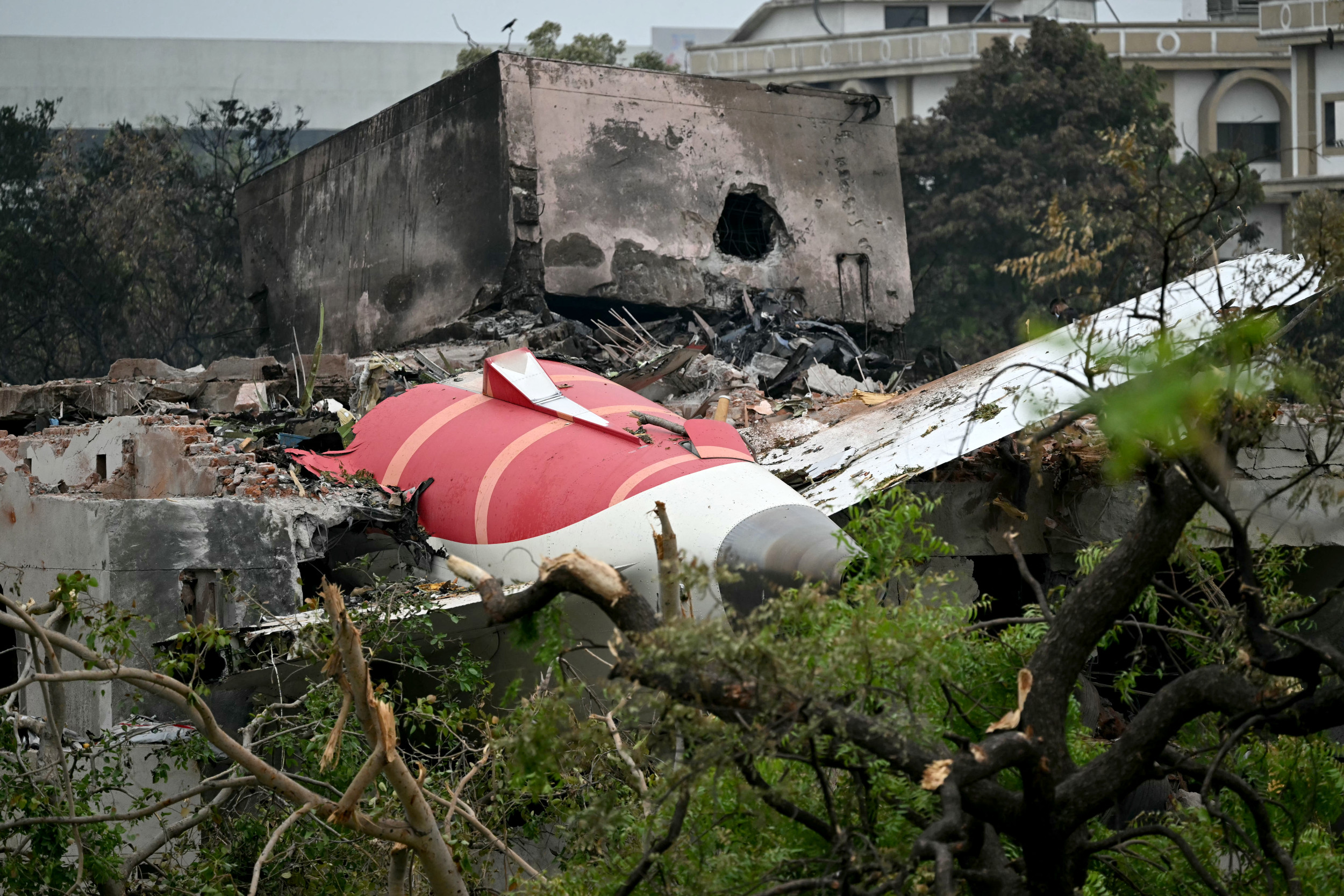The Air India Tragedy and the Question of Pilot Mental Health
The recent crash of an Air India Boeing 787 near Ahmedabad has sparked intense debate about the mental health of pilots and the potential for deliberate actions that could lead to catastrophic outcomes. According to newly released information, cockpit voice recordings captured one pilot questioning the other about cutting fuel mid-climb, raising concerns that a seasoned captain may have intentionally caused the crash, which claimed the lives of nearly 250 people.
This incident marks the deadliest commercial aviation disaster in nearly a decade. As the investigation continues, evidence suggests the possibility that the crash was intentional, prompting urgent discussions about how the aviation industry addresses mental health issues among pilots.
New details from The Wall Street Journal revealed that the aircraft’s fuel controls were shut off seconds after takeoff. According to India’s directorate general of civil aviation, the two switches were flipped roughly one second apart. The Journal also cited cockpit voice recordings where one pilot frantically asked the more senior pilot why the engines had been cut—a moment that has become central to speculation about deliberate action.
Aviation consultant and former Boeing pilot Mohan Ranganathan told NDTV that the likelihood of an accidental fuel cutoff is “absolutely” improbable. He explained that the fuel selectors must be manually operated, making it highly unlikely to occur by accident.
While investigators have not yet determined whether the act was intentional or accidental, they have urged caution against drawing premature conclusions.
A History of Pilot-Related Crashes
Pilot-related incidents, though rare, have occurred throughout aviation history. In 2015, Germanwings co-pilot Andreas Lubitz locked his captain out of the cockpit and crashed an Airbus A320 into the French Alps, killing all 150 on board. U.S. investigators concluded that EgyptAir Flight 990 in 1999 and SilkAir Flight 185 in 1997 were also caused by deliberate pilot actions, although both Egypt and Indonesia disputed those findings.
More recently, China Eastern Flight 5735 in 2022 plummeted from cruising altitude, with leaked data suggesting another intentional crash that killed 132 people. While the disappearance of Malaysia Airlines Flight 370 over the Indian Ocean in 2014 remains a mystery, one leading theory involves mass murder-suicide by Captain Zaharie Ahmad Shah.
If all these incidents were confirmed as cases of pilot murder-suicide, their combined death toll would amount to 1,084, or about 3.5 percent of total worldwide fatalities from commercial aviation accidents over the same period, according to a MathHotels.com analysis.
The Importance of Mental Health in Aviation
These incidents highlight the need for mental health to be treated as a critical component of aviation safety. Dr. Robert Bor, a clinical psychologist at the Centre for Aviation Psychology, emphasized that the demands on pilots can be harmful if left unaddressed.
“Pilots are expected to maintain a high level of vigilance and composure under pressure,” he said. “But their challenges are not just technical—they’re personal, financial, and relational. These pressures accumulate, and if left unchecked, can become dangerous.”
Dr. Bor also pointed out that stigma in the pilot community often discourages even seasoned aviators from seeking help. “Healthcare avoidance” is common in professions where acknowledging a mental health issue could jeopardize one’s livelihood, and this is very real in aviation.
In India, where the Air India crash occurred, mental health challenges are often viewed as a personal weakness rather than a treatable condition. A 2023 study found that the treatment gap for mental illness is as high as 95 percent due to fear, shame, or discrimination.
Cultural and Regulatory Changes
Several aviation authorities in the United States, Europe, and Australia are expanding peer support programs to create accessible pathways to care. However, experts say meaningful change will require not only regulatory leadership but also a shift in the culture of the aviation industry.
Proposed solutions to prevent the risk of pilot interference include tighter surveillance of pilots in the cockpit. The U.S. National Transportation Safety Board (NTSB) has pushed for cockpit cameras since 2000, but the debate over video recording in the cockpit has continued, with many pilots arguing for their privacy.
The risk of pilot suicide has become a leading factor in the push for cameras as a precautionary measure. International Air Transport Association chief Willie Walsh stated that video recording could significantly assist investigators in conducting their work.
Conclusion
As the aviation industry grapples with the implications of these tragic events, the focus must remain on addressing mental health concerns and creating a supportive environment for pilots. By implementing cultural and regulatory changes, the industry can work towards preventing future disasters and ensuring the safety of passengers and crew alike.



